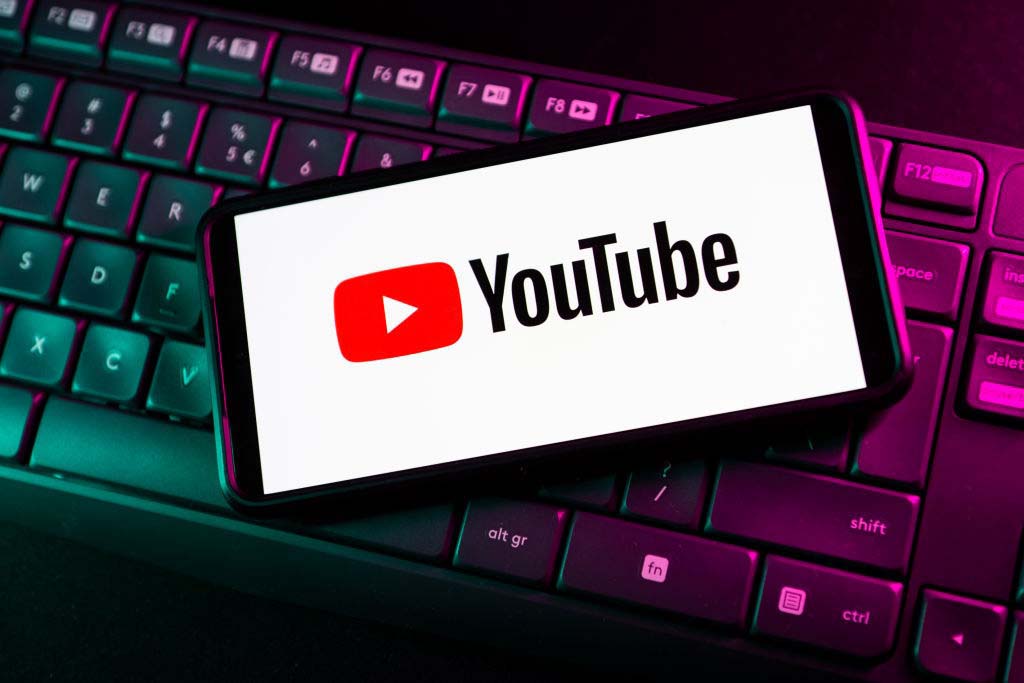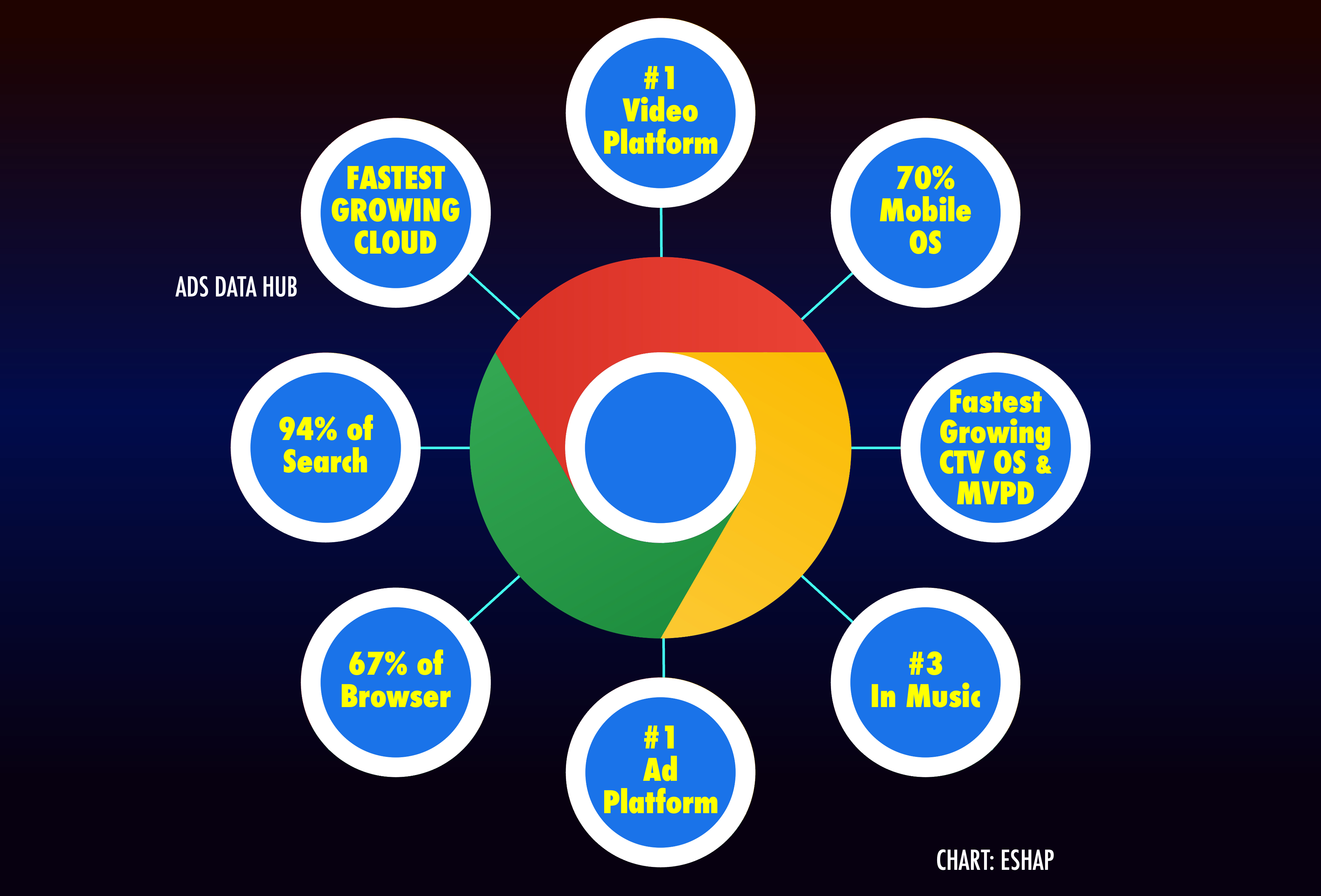Why YouTube, the Biggest Platform in TV, Moved Beyond the NewFronts (Evan Shapiro)
The larger threat to all the other TV and streaming platforms: YouTube is actually better at selling today’s TV advertising than everyone else. Way, way better

YouTube did not present at this year’s NewFronts. Rather, their annual ad sales presentation was during the television upfronts.

Why?
YouTube is now the most watched platform on Television. More than Netflix. More than Fox News Channel. More than ESPN. More than any streamer, broadcaster or cable channel. That’s according to Nielsen (which we should always swallow with many grains of salt) and every other form of available TV measurement.
More and more, people tune into YouTube on the biggest screen in their home. Viewers — especially younger viewers — no longer make a distinction between the kind of content they’re watching.”
YouTube CEO Neal Mohan
Most of what TV execs say at these events is spin-covered-baloney. Read the quotes from every other Upfront this year for examples. In this case, however, Mohan spoke the truth.
On the big CTV screen, YouTube is now a daily habit for a huge and growing swath of the television audience, young and old. And this year, that swath is about to get even bigger. NFL commissioner Roger Goodell featured prominently in YouTube’s upfront. He shared the stage with one of the world’s biggest stars, Mr. Beast (ask your kids), talking about their collaboration for exclusive NFL content.
That sentence should strike fear into the hearts of everyone else who sells TV ads.
It’s not just that YouTube sells more video advertising than anyone else on earth. It’s not just that YouTube now has more viewers, across every demographic, on the same exact screen as “traditional TV.” It’s not just that YouTube now has TV’s most popular programming, football.
NEXT TV NEWSLETTER
The smarter way to stay on top of the streaming and OTT industry. Sign up below.
The larger threat to all the other TV and streaming platforms: YouTube is actually better at selling today’s TV advertising than everyone else. Way, way better.
The majority of advertisers who buy video ads, only buy social video. That’s a whole class of advertisers that the traditional and new streaming players can’t get to. As social video audiences stampede to CTV, YouTube’s platform is so much easier for marketers to buy, better at targeting, better at measuring outcomes, and delivers exponentially more daily reach than everyone else in the space.
On top of all those advantages, YouTube’s parent, Google, offers a full suite of services to augment reach, frequency and measurement — a set of ad tools unparalleled in human history, let alone TV ad sales.

Alphabet’s cloud offers a data clean room, Ads Data Hub, that allows partners to mix their customer data with billions of other data points to better target their media and measure the effectiveness of each campaign against ROAS (return on ad spend) across all their platforms.
While everyone else in TV talks about programmatic (a technology built for web display ads), YouTube is bringing TV advertising into this century, decade, and year - across 2.5 billion monthly active users on all platforms, and 150 unique monthly viewers on CTVs.
The YouTube threat isn’t limited just to OG TV folks. Netflix’s major upfront announcement was that they now have 5 million monthly average users on their ad platform. And while Roku boasted about 71 million active monthly accounts, they did not mention that a huge share of those users spends an enormous amount of time using Roku … to watch YouTube.
So, my biggest takeaway from this year’s very strange upfronts and NewFronts was not about the writers’ strike, or FAST or HBO morphing into Max. For me, the headline going into the next year of TV ad sales was crystal friggin’ clear: While nearly everyone else in television is still playing last decade’s TV checkers, YouTube has them all in check.
The official, unofficial cartographer of the Media Universe, Evan Shapiro is also an Emmy and Peabody Award winning producer of many funny things, including Portlandia, This Film Is Not Yet Rated, Please Like Me, Comedy Bang Bang, Brick City, and Harmonquest. He is also a professor at NYU and Fordham schools of business, as well as the co-host of the Cancel Culture Podcast.
